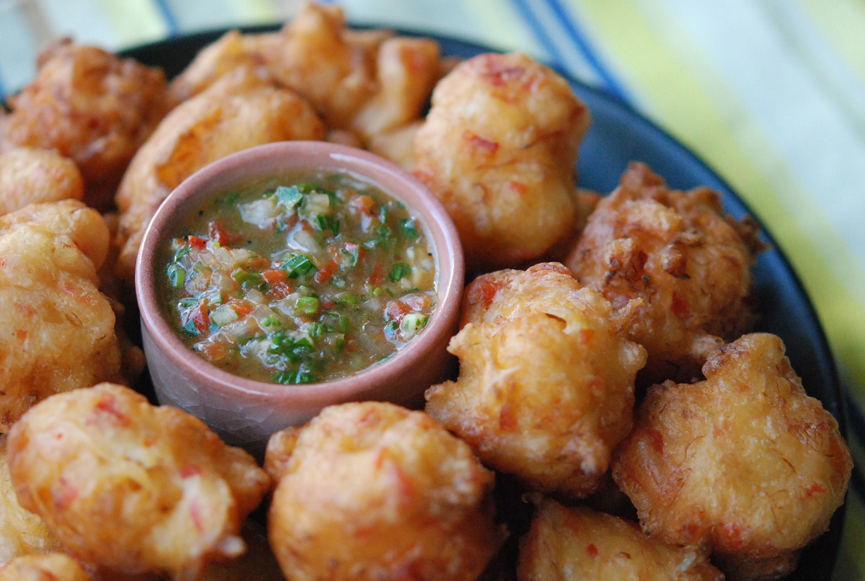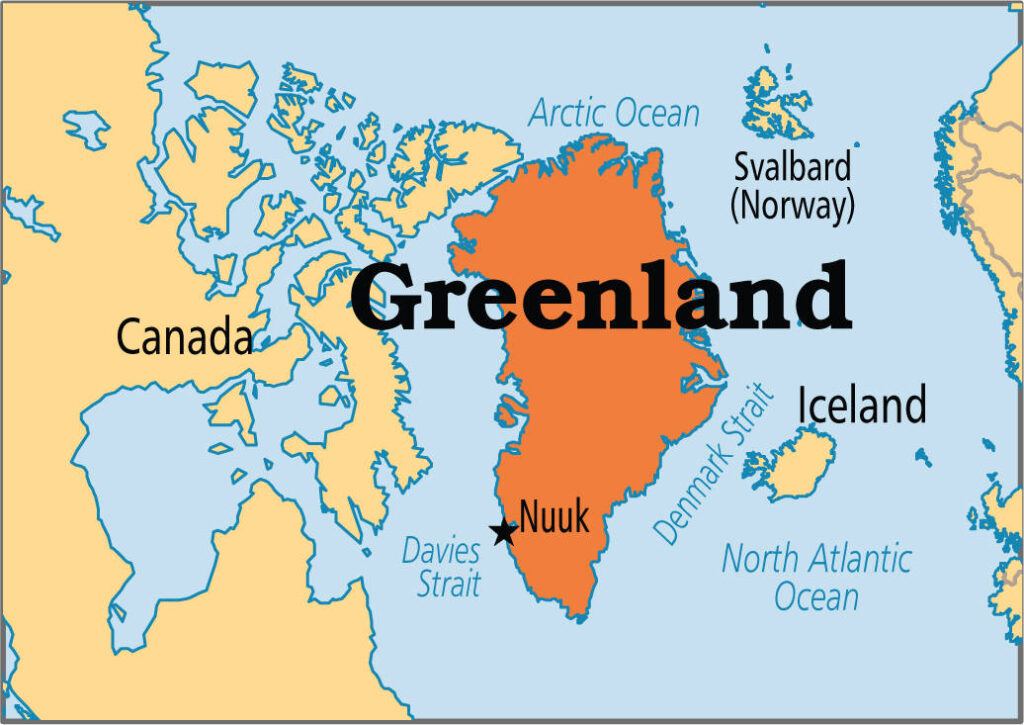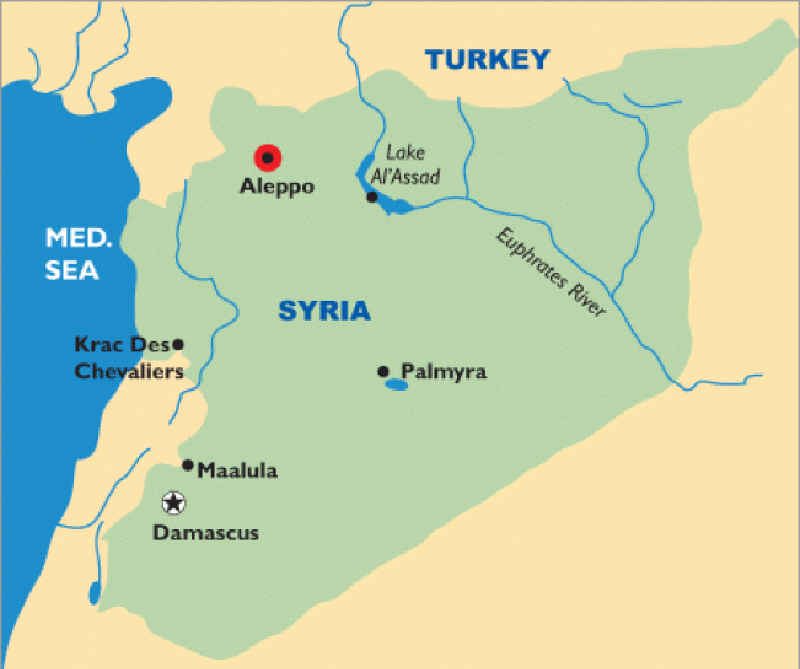Introduction
Haiti, sharing the island of Hispaniola with the Dominican Republic, is renowned for its vibrant culture, historical significance, and natural beauty. From its tumultuous colonial past to its resilience in the face of adversity, Haiti offers a compelling narrative that captivates visitors and scholars alike.
Geography and Climate
Geographic Location
Haiti occupies the western third of the island of Hispaniola, which it shares with the Dominican Republic. It is located in the Caribbean Sea, between the Atlantic Ocean and the Caribbean Basin. Haiti’s coordinates are approximately between latitudes 18°N and 20°N, and longitudes 71°W and 75°W.
Topography
Haiti’s terrain is diverse, ranging from mountainous regions to coastal plains. The Massif du Nord and the Massif de la Hotte are two mountain ranges that dominate the landscape, with the Pic la Selle peak rising to 2,680 meters, making it the highest point in Haiti. Coastal areas feature beautiful beaches and fertile plains.
Climate
Haiti has a tropical climate, characterized by hot and humid conditions year-round. There are two main seasons
- Dry Season: From November to April, with cooler temperatures and minimal rainfall.
- Rainy Season: From May to October, with higher temperatures and frequent tropical storms and hurricanes.
Biodiversity
Haiti is home to a variety of plant and animal species, including tropical forests, mangroves, and coral reefs. The country’s biodiversity is rich but faces threats from deforestation, habitat loss, and climate change.
Historical Background
Indigenous Peoples
Before European colonization, Hispaniola was inhabited by the Taíno people. They lived in communities across the island and had a sophisticated culture based on agriculture and trade.
Colonization and Independence
Christopher Columbus arrived in Hispaniola in 1492, leading to Spanish colonization. In the 17th century, French settlers established plantations, bringing African slaves to work in the lucrative sugar industry. Haiti became independent from France in 1804, following a successful slave revolt led by Toussaint Louverture and Jean-Jacques Dessalines.
Post-Independence Challenges
Haiti faced political instability, economic challenges, and foreign intervention in the centuries following independence. The country experienced periods of dictatorship, military rule, and economic hardship, shaping its modern political landscape.
Recent History
In recent decades, Haiti has made strides towards democracy and stability while grappling with natural disasters such as earthquakes and hurricanes. International aid and development efforts continue to support Haiti’s recovery and sustainable development.
Political Structure
Government
Haiti is a unitary semi-presidential republic with a multi-party system. The President is both the head of state and government, elected by popular vote for a five-year term. The Prime Minister, appointed by the President, heads the government and oversees day-to-day administration.
Administrative Divisions
Haiti is divided into ten departments, each headed by a departmental council and a prefect appointed by the central government. Departments are further subdivided into arrondissements and communes, with mayors elected by local residents.
International Relations
Haiti maintains diplomatic relations with countries worldwide and is a member of various international organizations, including the United Nations, Organization of American States (OAS), and Caribbean Community (CARICOM). Foreign aid and cooperation play a crucial role in Haiti’s development efforts.
Economy
Overview
Haiti has a mixed economy with agriculture, manufacturing, and services sectors. Agriculture employs the majority of the workforce and contributes significantly to the economy, with crops such as coffee, mangoes, and sugarcane being major exports.
Challenges
Haiti faces economic challenges, including high unemployment, poverty, and vulnerability to natural disasters. The country relies on international aid and remittances from Haitians abroad to support its economy and development projects.
Tourism
Tourism is an emerging sector in Haiti, with attractions including historical sites, cultural festivals, and beautiful beaches along the Caribbean coast. Infrastructure development and promotion efforts aim to attract more visitors and boost economic growth.
Culture and Society
Cultural Heritage
Haiti boasts a rich cultural heritage influenced by African, French, and indigenous Taíno traditions. Haitian Creole and French are the official languages, with Vodou (Voodoo) playing a significant role in religious and cultural practices.
Arts and Literature
Haitian literature and arts reflect the country’s tumultuous history and vibrant spirit. Renowned authors such as Jacques Roumain and Edwidge Danticat have made significant contributions to Caribbean literature, exploring themes of identity, social justice, and resilience.
Music and Dance
Music is central to Haitian culture, with genres such as compas, rara, and Haitian rap blending African rhythms, French influences, and Caribbean beats. Dance forms like the Haitian merengue and traditional folk dances are celebrated during cultural events and festivals.
Tourist Attractions
Citadelle Laferrière
A UNESCO World Heritage site, Citadelle Laferrière is a majestic fortress located in the Nord department. Built in the early 19th century under the leadership of King Henri Christophe, it offers panoramic views of the surrounding mountains and countryside.
Jacmel
Known for its vibrant art scene and colonial architecture, Jacmel is a coastal town famous for its annual Carnival celebrations and Papier-Mâché crafts. Visitors can explore local art studios, enjoy seafood cuisine, and relax on Jacmel’s sandy beaches.
Labadee
Labadee is a private resort destination leased by Royal Caribbean International. It offers tourists pristine beaches, water sports activities, and cultural experiences, showcasing Haiti’s natural beauty and hospitality.
Saut-d’Eau
Saut-d’Eau is a sacred waterfall located in the Centre department, revered by Haitians for its spiritual significance. Pilgrims visit during the annual Saut-d’Eau Festival to participate in religious ceremonies and seek blessings from the waterfall’s healing waters.
Maps of Haiti
Political Map
A political map of Haiti illustrates its administrative divisions, including departments, arrondissements, and major cities such as Port-au-Prince and Cap-Haïtien. It provides an overview of Haiti’s governance structure and regional boundaries.
Topographical Map
A topographical map highlights Haiti’s diverse terrain, from mountain ranges and plateaus to coastal plains and valleys. It helps understand the country’s geographical features and natural resources distribution.
Road Map
A road map of Haiti details its road network, major highways, and transportation routes connecting urban centers and rural communities. It assists travelers in navigating Haiti’s infrastructure and planning road trips across the country.
Tourist Map
A tourist map showcases Haiti’s attractions, historical sites, and cultural landmarks. It is a valuable resource for travelers seeking to explore Haiti’s tourist destinations, including beaches, national parks, and heritage sites.
Fun and Interesting Facts
First Independent Caribbean Nation
Haiti became the first independent nation in the Caribbean and the first post-colonial independent black-led nation in the world after the Haitian Revolution in 1804.
Mountains and Plateaus
Haiti’s landscape is characterized by rugged mountains, including the Massif du Nord and the Chaîne de la Selle, along with plateaus and fertile plains ideal for agriculture.
Vodou Religion
Vodou, a syncretic religion combining African, indigenous Taíno, and Catholic beliefs, plays a significant role in Haitian culture, rituals, and social life.
Cuisine
Haitian cuisine features a blend of African, French, and indigenous flavors, with staples such as griot (fried pork), diri ak djon djon (rice with black mushrooms), and accra (cod fritters).
Commonly Asked Questions
What languages are spoken in Haiti?
The official languages of Haiti are Haitian Creole and French. Haitian Creole is widely spoken by the majority of the population, while French is used in government, education, and formal settings.
Is Haiti safe for tourists?
While Haiti has experienced challenges related to crime and political instability, tourist areas and resorts generally have security measures in place. Travelers are advised to exercise caution, follow local advice, and stay informed about current events.
How can I travel to Haiti?
Travel to Haiti is primarily by air, with international flights arriving at Toussaint Louverture International Airport in Port-au-Prince and Cap-Haïtien International Airport. Cruise ships also visit Labadee, a private resort destination leased by Royal Caribbean International.
What is the weather like in Haiti?
Haiti has a tropical climate with two main seasons: a dry season from November to April and a rainy season from May to October. Temperatures are generally warm year-round, with cooler temperatures in mountainous areas.
How can I contribute to Haiti’s development efforts?
Visitors can support Haiti’s sustainable development by patronizing local businesses, participating in cultural exchanges, and supporting community-based tourism initiatives. Responsible travel practices help promote economic growth and preserve Haiti’s cultural heritage.
Is Haiti a rural country?
Haiti is predominantly rural, with a significant portion of its population living in rural areas and relying on agriculture as their primary livelihood. However, urbanization has increased in recent years, particularly around the capital, Port-au-Prince.
Is Haiti a poor or rich country?
Haiti is considered one of the poorest countries in the Western Hemisphere. Economic challenges, including high unemployment, poverty, and vulnerability to natural disasters, contribute to its classification as a low-income country by international standards.
Is Haiti poorer than India?
Yes, Haiti is generally considered poorer than India in terms of GDP per capita and overall economic development. While both countries face poverty and economic disparities, Haiti’s economic challenges are exacerbated by its small size, historical factors, and vulnerability to natural disasters.
What is Haiti’s climate like?
Haiti has a tropical climate characterized by warm temperatures year-round. It experiences two main seasons:
- Dry Season: From November to April, with cooler temperatures and lower humidity.
- Rainy Season: From May to October, with higher temperatures and frequent rainfall, including tropical storms and hurricanes.
Who founded Haiti?
Haiti’s modern history began with its independence from French colonial rule. The nation was founded through a successful slave revolt led by Toussaint Louverture, Jean-Jacques Dessalines, and other revolutionary leaders. Haiti became the first independent Caribbean nation and the first black-led republic in the world in 1804, following the Haitian Revolution.
Conclusion
Haiti’s journey from revolution to resilience is reflected in its vibrant culture, diverse landscapes, and enduring spirit. This comprehensive guide has provided an in-depth exploration of Haiti’s geography, history, culture, and tourist attractions, supported by detailed maps and fascinating facts. Whether you’re planning a trip or exploring from afar, Haiti invites you to discover its captivating story and natural beauty in the heart of the Caribbean.
- 25 Most Illiterate Countries - October 3, 2024
- 12 Forms Of Government By Oligarchic Attributes - October 3, 2024
- 10 States With The Largest African-American Populations - October 2, 2024





